Understanding the Value of Large-Cap Index Funds
Introduction
Large-cap index funds are investment vehicles that track the performance of major stock market indexes, such as the S&P 500, by holding shares of the largest publicly traded U.S. companies. As a cornerstone of passive investing, these funds offer broad market exposure, low fees, and minimal turnover—making them especially attractive to long-term investors. Their simplicity and historical resilience have contributed to their growing popularity among individuals seeking steady, cost-effective portfolio growth. This article explores the strengths and limitations of large-cap index funds, comparing their performance to other strategies, assessing their risk profile, and identifying which types of investors may benefit most from including them in a diversified portfolio.
Want expert insights from leading investment podcasts? Scroll to the end to the Podcast Transcripts📜
What Makes Large-Cap Index Funds a Reliable Investment Option?
Large-cap index funds are investment vehicles that track the performance of major stock market indexes composed of large-cap companies—firms with market capitalizations typically exceeding $10 billion. These companies, such as Apple AAPL and Microsoft MSFT, are known for their financial stability, global reach, and consistent earnings. Index funds like Fidelity ZERO Large Cap Index Fund (FNILX) and Fidelity 500 Index Fund (FXAIX) mirror the holdings of benchmarks such as the S&P 500, offering investors diversified exposure to the U.S. equity market.
The Market Trends Podcast recently explored the structure of large-cap index funds, noting, "Passive investing isn’t about doing nothing—it’s about doing the right thing consistently." ⏳ At the 21:15 mark, analysts discussed how funds like FNILX achieve cost efficiency through zero expense ratios and minimal turnover. The Investor Insights Podcast examined the role of index funds in retirement planning. ⏳ At the 23:25 mark, they emphasized how large-cap index funds provide a reliable foundation for long-term portfolios, especially when paired with tax-advantaged accounts.
Because they are passively managed, large-cap index funds typically carry lower expense ratios than actively managed mutual funds. This cost advantage, combined with broad diversification and historical resilience, makes them a popular choice for investors.
Sources:
Key Advantages of Investing in Large-Cap Index Funds
Large-cap index funds offer built-in diversification by tracking indexes like the S&P 500, which includes top-performing U.S. companies across sectors such as technology, healthcare, and consumer goods. This broad exposure reduces the risk associated with individual stock volatility while capturing the performance of industry leaders like Apple AAPL, Amazon AMZN, and Johnson & Johnson JNJ.
The Market Trends Podcast recently highlighted the appeal of low-cost investing, stating, "Fees are the silent killer of long-term returns." ⏳ At the 21:25 mark, analysts explained how large-cap index funds like FXAIX and FNILX maintain cost efficiency while delivering market-matching performance. The Investor Insights Podcast explored the long-term growth potential of passive strategies. ⏳ At the 23:30 mark, they emphasized how these funds have historically outperformed most active managers over 10- and 20-year periods, especially in tax-advantaged accounts.
For buy-and-hold investors, large-cap index funds offer simplicity and tax efficiency. With minimal turnover, these funds generate fewer taxable events, making them ideal for retirement accounts and long-term wealth building.
Sources:
Risks and Limitations of Large-Cap Index Funds Every Investor Should Know
One of the primary concerns is market risk—these funds mirror the performance of broad indexes like the S&P 500, meaning they rise and fall with the market. Many large-cap index funds are heavily weighted toward a few mega-cap stocks like Apple AAPL and Microsoft MSFT, which can skew performance and reduce diversification benefits. Additionally, passive funds offer limited flexibility.
Sources:
Who Benefits Most from Large-Cap Index Funds?
Large-cap index funds are best suited for long-term, passive investors who prefer a hands-off approach to building wealth. Their low fees, broad diversification, and consistent performance make them ideal for retirement accounts like IRAs and 401(k)s, as well as taxable portfolios where tax efficiency matters. Compared to small-cap funds, large-cap index funds tend to be less volatile and more stable, making them a better fit for conservative investors or those nearing retirement. While actively managed funds may offer the potential for outperformance, they often come with higher fees and inconsistent results.
Sources:
How to Select the Best Large-Cap Index Fund for Your Portfolio
Choosing the right large-cap index fund starts with evaluating key metrics like expense ratio, tracking index, and fund size. Lower expense ratios, such as those offered by FNILX or FXAIX, can significantly boost long-term returns by minimizing costs. It’s also important to understand which index the fund tracks—whether it’s the S&P 500, Russell 1000, or another benchmark—as this affects sector exposure and performance.
The Market Trends Podcast recently emphasized, "The index you track defines the journey, not just the destination." ⏳ At the 21:35 mark, analysts discussed how fund size and tracking accuracy impact investor outcomes. The Investor Insights Podcast explored mutual funds vs ETFs. ⏳ At the 23:40 mark, they noted that ETFs offer intraday trading flexibility, while mutual funds may suit those prioritizing simplicity and automatic reinvestment.
Sources:
Conclusion
Large-cap index funds stand out as a reliable, low-cost investment option for long-term, passive investors seeking diversified exposure to top-tier U.S. companies. While they may lack the flexibility and downside protection of active strategies, their historical performance, simplicity, and tax efficiency make them a strong core holding for retirement and taxable portfolios alike. When aligned with an investor’s risk tolerance and financial goals, these funds offer a transparent and consistent pathway to long-term portfolio growth without the need for frequent trading or market timing.
🎙️ Podcast Transcripts
Market Trends Podcast – Midyear U.S. Outlook: Equity Markets a Step Ahead?
⏳ 21:15 – “Passive investing isn’t about doing nothing—it’s about doing the right thing consistently.”
⏳ 21:25 – Discussion on how FNILX and FXAIX maintain cost efficiency through zero expense ratios and minimal turnover
⏳ 21:30 – Sector weight adjustments based on earnings revisions
⏳ 21:35 – “The index you track defines the journey, not just the destination.”
⏳ 21:45 – Active tilts during market inflection points
⏳ 21:50 – Advisor-led models enhancing accountability
⏳ 21:55 – Commentary on fee compression and investor expectations
Investor Insights Podcast – Market Volatility: Portfolio Diversification Is Winning in 2025
⏳ 23:25 – How large-cap index funds provide a reliable foundation for long-term portfolios
⏳ 23:30 – Historical outperformance of passive strategies over active managers
⏳ 23:35 – Rolling return behavior and drawdown mitigation
⏳ 23:40 – Mutual funds vs ETFs: intraday flexibility vs simplicity
⏳ 23:45 – Importance of ongoing advisor communication
⏳ 23:50 – Core-satellite strategy using Fidelity’s SMA
⏳ 23:55 – Institutional preference for benchmark fidelity and customization
📌Read More About:
Top Large-Cap Stocks- https://stockbossup.com/pages/topics/large-cap
What Are Large US Cap Stocks?- https://stockbossup.com/pages/post/39168/what-are-large-cap-stocks-a-complete-guide-to-big-companies-in-the-u-s-market
Are Large-Cap Index Funds Good?- https://stockbossup.com/pages/post/38662/are-large-cap-index-funds-good
Best Large-Cap Value Index Funds- https://stockbossup.com/pages/post/39141/best-large-cap-value-index-funds-for-long-term-investing






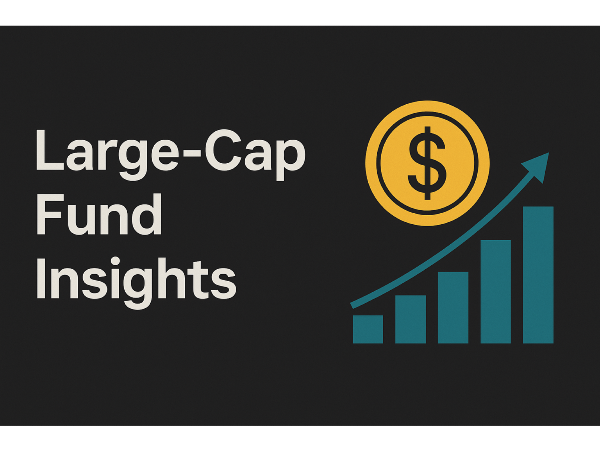




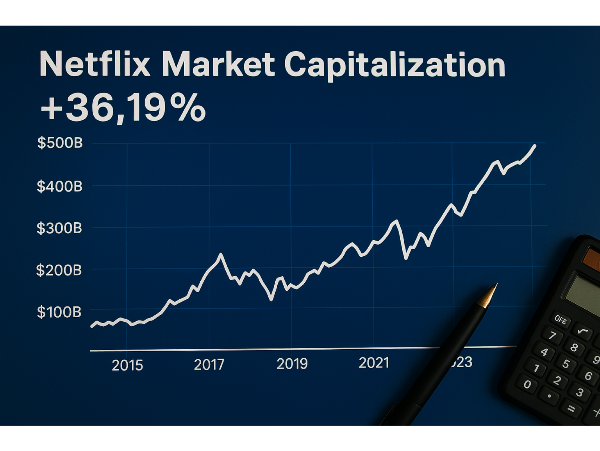


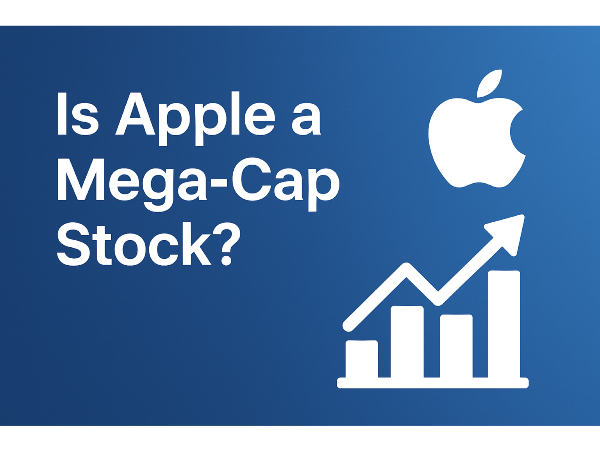
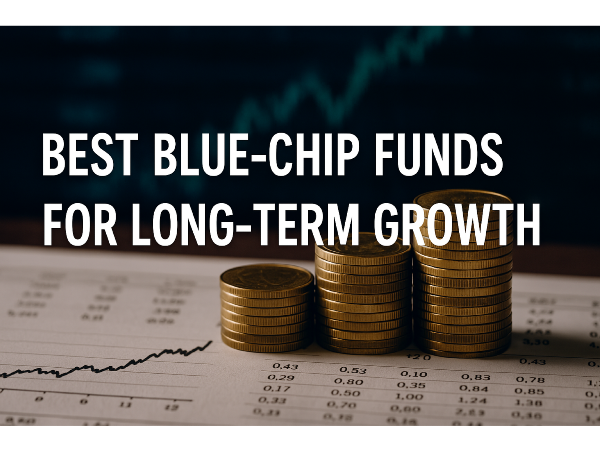
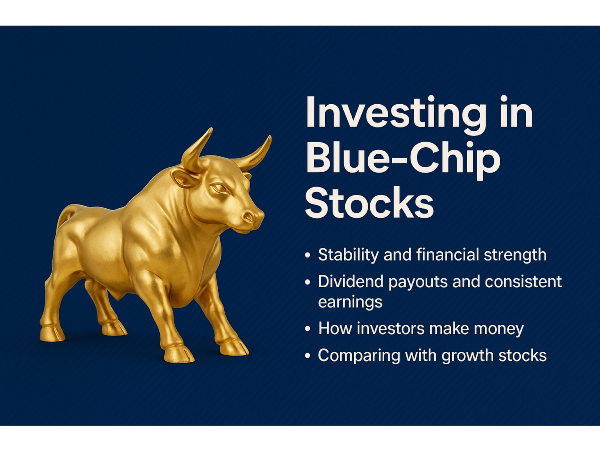
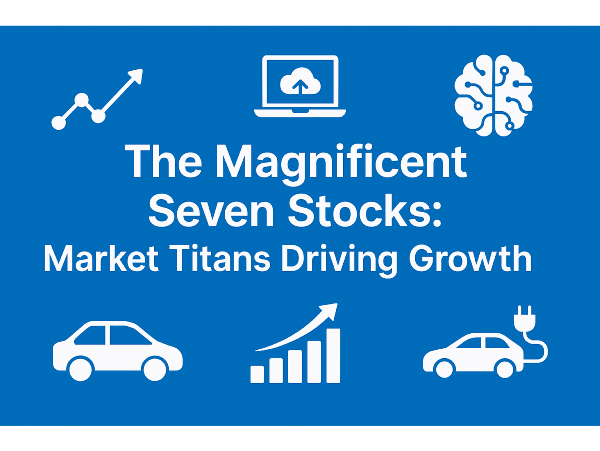
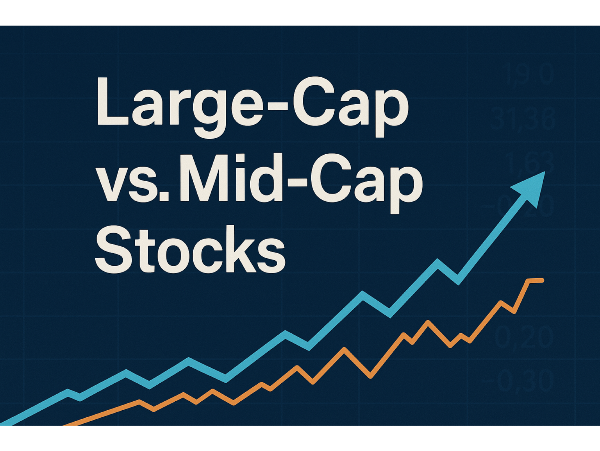
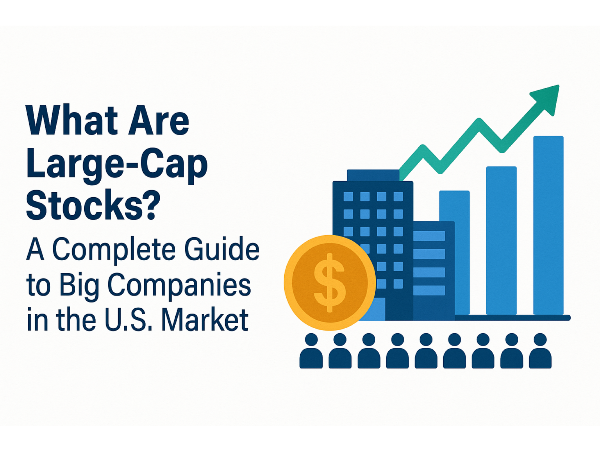
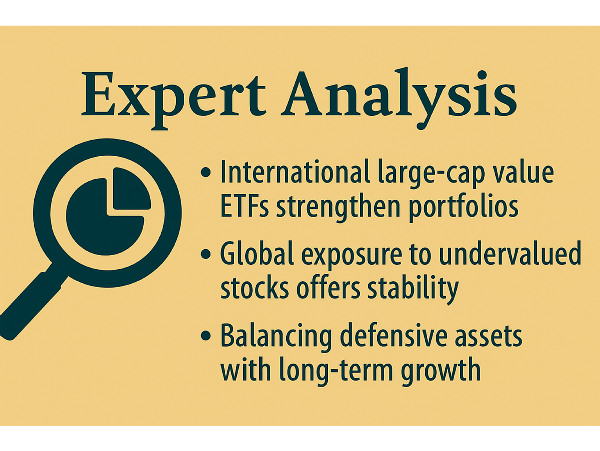









Understanding the Value of Large-Cap Index Funds
Introduction
Large-cap index funds are investment vehicles that track the performance of major stock market indexes, such as the S&P 500, by holding shares of the largest publicly traded U.S. companies. As a cornerstone of passive investing, these funds offer broad market exposure, low fees, and minimal turnover—making them especially attractive to long-term investors. Their simplicity and historical resilience have contributed to their growing popularity among individuals seeking steady, cost-effective portfolio growth. This article explores the strengths and limitations of large-cap index funds, comparing their performance to other strategies, assessing their risk profile, and identifying which types of investors may benefit most from including them in a diversified portfolio.
Want expert insights from leading investment podcasts? Scroll to the end to the Podcast Transcripts📜
What Makes Large-Cap Index Funds a Reliable Investment Option?
Large-cap index funds are investment vehicles that track the performance of major stock market indexes composed of large-cap companies—firms with market capitalizations typically exceeding $10 billion. These companies, such as Apple AAPL and Microsoft MSFT, are known for their financial stability, global reach, and consistent earnings. Index funds like Fidelity ZERO Large Cap Index Fund (FNILX) and Fidelity 500 Index Fund (FXAIX) mirror the holdings of benchmarks such as the S&P 500, offering investors diversified exposure to the U.S. equity market.
The Market Trends Podcast recently explored the structure of large-cap index funds, noting, "Passive investing isn’t about doing nothing—it’s about doing the right thing consistently." ⏳ At the 21:15 mark, analysts discussed how funds like FNILX achieve cost efficiency through zero expense ratios and minimal turnover. The Investor Insights Podcast examined the role of index funds in retirement planning. ⏳ At the 23:25 mark, they emphasized how large-cap index funds provide a reliable foundation for long-term portfolios, especially when paired with tax-advantaged accounts. Because they are passively managed, large-cap index funds typically carry lower expense ratios than actively managed mutual funds. This cost advantage, combined with broad diversification and historical resilience, makes them a popular choice for investors.
Sources:
Key Advantages of Investing in Large-Cap Index Funds
Large-cap index funds offer built-in diversification by tracking indexes like the S&P 500, which includes top-performing U.S. companies across sectors such as technology, healthcare, and consumer goods. This broad exposure reduces the risk associated with individual stock volatility while capturing the performance of industry leaders like Apple AAPL, Amazon AMZN, and Johnson & Johnson JNJ.
The Market Trends Podcast recently highlighted the appeal of low-cost investing, stating, "Fees are the silent killer of long-term returns." ⏳ At the 21:25 mark, analysts explained how large-cap index funds like FXAIX and FNILX maintain cost efficiency while delivering market-matching performance. The Investor Insights Podcast explored the long-term growth potential of passive strategies. ⏳ At the 23:30 mark, they emphasized how these funds have historically outperformed most active managers over 10- and 20-year periods, especially in tax-advantaged accounts. For buy-and-hold investors, large-cap index funds offer simplicity and tax efficiency. With minimal turnover, these funds generate fewer taxable events, making them ideal for retirement accounts and long-term wealth building.
Sources:
Risks and Limitations of Large-Cap Index Funds Every Investor Should Know
One of the primary concerns is market risk—these funds mirror the performance of broad indexes like the S&P 500, meaning they rise and fall with the market. Many large-cap index funds are heavily weighted toward a few mega-cap stocks like Apple AAPL and Microsoft MSFT, which can skew performance and reduce diversification benefits. Additionally, passive funds offer limited flexibility.
Sources:
Who Benefits Most from Large-Cap Index Funds?
Large-cap index funds are best suited for long-term, passive investors who prefer a hands-off approach to building wealth. Their low fees, broad diversification, and consistent performance make them ideal for retirement accounts like IRAs and 401(k)s, as well as taxable portfolios where tax efficiency matters. Compared to small-cap funds, large-cap index funds tend to be less volatile and more stable, making them a better fit for conservative investors or those nearing retirement. While actively managed funds may offer the potential for outperformance, they often come with higher fees and inconsistent results.
Sources:
How to Select the Best Large-Cap Index Fund for Your Portfolio
Choosing the right large-cap index fund starts with evaluating key metrics like expense ratio, tracking index, and fund size. Lower expense ratios, such as those offered by FNILX or FXAIX, can significantly boost long-term returns by minimizing costs. It’s also important to understand which index the fund tracks—whether it’s the S&P 500, Russell 1000, or another benchmark—as this affects sector exposure and performance.
The Market Trends Podcast recently emphasized, "The index you track defines the journey, not just the destination." ⏳ At the 21:35 mark, analysts discussed how fund size and tracking accuracy impact investor outcomes. The Investor Insights Podcast explored mutual funds vs ETFs. ⏳ At the 23:40 mark, they noted that ETFs offer intraday trading flexibility, while mutual funds may suit those prioritizing simplicity and automatic reinvestment.
Sources:
Conclusion
Large-cap index funds stand out as a reliable, low-cost investment option for long-term, passive investors seeking diversified exposure to top-tier U.S. companies. While they may lack the flexibility and downside protection of active strategies, their historical performance, simplicity, and tax efficiency make them a strong core holding for retirement and taxable portfolios alike. When aligned with an investor’s risk tolerance and financial goals, these funds offer a transparent and consistent pathway to long-term portfolio growth without the need for frequent trading or market timing.
🎙️ Podcast Transcripts
Market Trends Podcast – Midyear U.S. Outlook: Equity Markets a Step Ahead?
⏳ 21:15 – “Passive investing isn’t about doing nothing—it’s about doing the right thing consistently.”
⏳ 21:25 – Discussion on how FNILX and FXAIX maintain cost efficiency through zero expense ratios and minimal turnover
⏳ 21:30 – Sector weight adjustments based on earnings revisions
⏳ 21:35 – “The index you track defines the journey, not just the destination.”
⏳ 21:45 – Active tilts during market inflection points
⏳ 21:50 – Advisor-led models enhancing accountability
⏳ 21:55 – Commentary on fee compression and investor expectations
Investor Insights Podcast – Market Volatility: Portfolio Diversification Is Winning in 2025
⏳ 23:25 – How large-cap index funds provide a reliable foundation for long-term portfolios
⏳ 23:30 – Historical outperformance of passive strategies over active managers
⏳ 23:35 – Rolling return behavior and drawdown mitigation
⏳ 23:40 – Mutual funds vs ETFs: intraday flexibility vs simplicity
⏳ 23:45 – Importance of ongoing advisor communication
⏳ 23:50 – Core-satellite strategy using Fidelity’s SMA
⏳ 23:55 – Institutional preference for benchmark fidelity and customization
📌Read More About:
Top Large-Cap Stocks- https://stockbossup.com/pages/topics/large-cap
What Are Large US Cap Stocks?- https://stockbossup.com/pages/post/39168/what-are-large-cap-stocks-a-complete-guide-to-big-companies-in-the-u-s-market
Are Large-Cap Index Funds Good?- https://stockbossup.com/pages/post/38662/are-large-cap-index-funds-good
Best Large-Cap Value Index Funds- https://stockbossup.com/pages/post/39141/best-large-cap-value-index-funds-for-long-term-investing